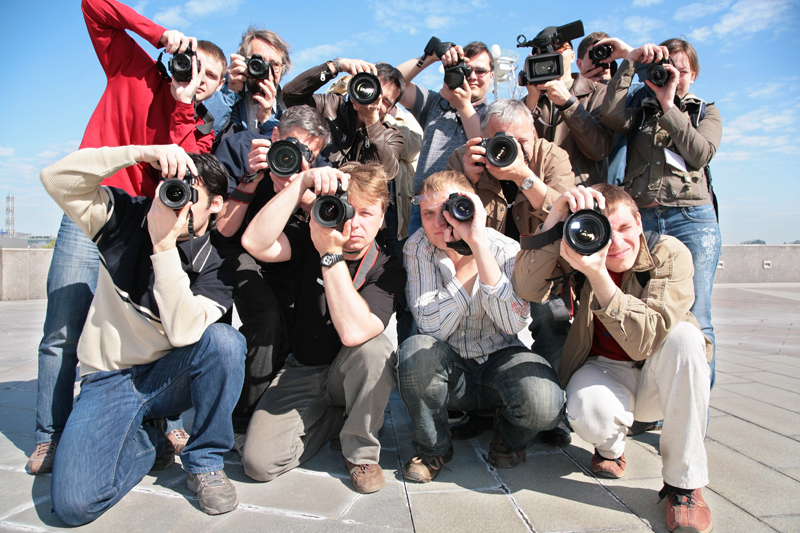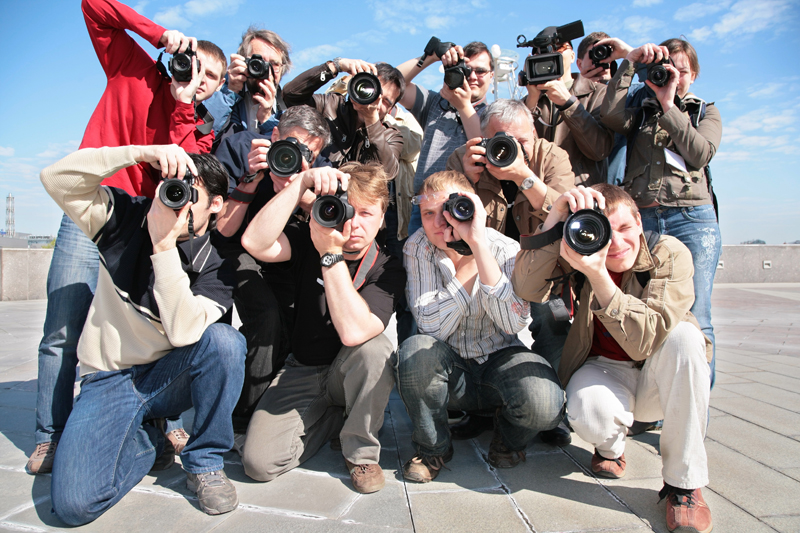Digital Photography Terminology Explained

Digital photography jargon can be very confusing and sound really technical. Here is a glossary of terms to help demystify photography terminology and take the fear out of "photography" language.
Ambient Light
Ambient light is natural light. So if you hear a photographer say that they are an ambient light photographer, it means that they use the available natural light to illuminate their subject as oppose to flash light or man made lights.
Aperture
The aperture is the opening through the lens that lets light through, to record an image onto film or allow light to be recorded by a digital camera’s sensor. Aperture is measured in F-stops. The smaller the F-stop number, the larger the aperture (and vice versa), which means more light that can pass through.
Bokeh
Bokeh is the areas of an image that are out of focus. It refers to the quality of the blur. Higher end camera lenses tend to produce superior bokeh and that is one reason, why professional photographers generally spend more money on quality lenses.
Bit Depth
Bit depth in digital photography refers to the amount of information in the color regions of an image. An image with higher bit depth stores more colors and the gradations between tones, will be smoother as a result of this.
Buffer
A buffer is temporary RAM (random access memory) storage in a digital camera, where photos are stored, before being written over to the camera’s memory card.
Burning
Dodging and burning are terms that are used in film photography, that are now used also to refer to a technique applied in software programs such as Adobe Photoshop. Burning in an area in an image means to darken that area. Dodging an area in an image means to lighten that area.
Color Cast
If an image has a color cast, it means that there is more of a particular color in that image. This is often used as an effect in different styles of photography such as vintage photography, but it can also be considered a negative thing. Photographers often neutralize color casts by adding some of the opposite color to the image in post processing.
Color Gamut
Color gamut refers to the range and amount of colors that can be captured or reproduced on a particular printer, camera, monitor or photographic paper.
Color Space
Color space refers to the name of a particular color gamut. Well-known color spaces are Adobe RGB (RGB stands for red, green and blue) and sRGB (standard, red, green and blue).
Depth of Field
Depth of field refers to the distance between objects that appear in focus in an image. An image with a shallow depth of field will have more areas that are out of focus. An image with a wide depth of field will have more areas in focus.
Diffuser
A diffuser is any type of material that will diffuse light. Diffusers are put between the light source and the subject, so that there will be less contrast on the subject. They are frequently used in bright sunlight as direct sunlight casts harsh shadows.
High Key
A high key image is an image in which there are a lot of bright tones and less mid-tones and shadows. A well-lit model against a pure white background would be considered high key. Low key is the opposite of high key.
High Res
This term is often used when describing images. A “high res” image (high resolution) is one that has a higher number of pixels per inch.
Kelvin
Differences in color temperature (the color of light) are measured in Kelvins. For example, daylight is around 5500 kelvins. Most DSLR cameras offer the option of setting a kelvin value manually.
Low Res
A low Res image file is one that is small in size. These files are normally used online as a smaller sized file loads faster on the Internet.
Prime Lens
A prime lens is any lens that only has one focal length. So a lens that has a focal length of 50mm only, will be a prime lens. The opposite of a prime lens is a zoom lens.
Shutter speed
Shutter speed is the amount of time a camera’s shutter is open when you are taking an image. The shutter speed is measured in fractions of a second.
Underexposed
An underexposed image is one that is not light enough and an over exposed image is one that is too bright.
White Balance
Generally most people want their images to be the correct color. You achieve this by setting the white balance in your camera to a setting for the condition you are in (e.g. cloudy, daylight, tungsten) or by setting your own custom white balance. If this is done correctly then your whites should be white and your image should be free of any colour casts.
Ambient Light
Ambient light is natural light. So if you hear a photographer say that they are an ambient light photographer, it means that they use the available natural light to illuminate their subject as oppose to flash light or man made lights.
Aperture
The aperture is the opening through the lens that lets light through, to record an image onto film or allow light to be recorded by a digital camera’s sensor. Aperture is measured in F-stops. The smaller the F-stop number, the larger the aperture (and vice versa), which means more light that can pass through.
Bokeh
Bokeh is the areas of an image that are out of focus. It refers to the quality of the blur. Higher end camera lenses tend to produce superior bokeh and that is one reason, why professional photographers generally spend more money on quality lenses.
Bit Depth
Bit depth in digital photography refers to the amount of information in the color regions of an image. An image with higher bit depth stores more colors and the gradations between tones, will be smoother as a result of this.
Buffer
A buffer is temporary RAM (random access memory) storage in a digital camera, where photos are stored, before being written over to the camera’s memory card.
Burning
Dodging and burning are terms that are used in film photography, that are now used also to refer to a technique applied in software programs such as Adobe Photoshop. Burning in an area in an image means to darken that area. Dodging an area in an image means to lighten that area.
Color Cast
If an image has a color cast, it means that there is more of a particular color in that image. This is often used as an effect in different styles of photography such as vintage photography, but it can also be considered a negative thing. Photographers often neutralize color casts by adding some of the opposite color to the image in post processing.
Color Gamut
Color gamut refers to the range and amount of colors that can be captured or reproduced on a particular printer, camera, monitor or photographic paper.
Color Space
Color space refers to the name of a particular color gamut. Well-known color spaces are Adobe RGB (RGB stands for red, green and blue) and sRGB (standard, red, green and blue).
Depth of Field
Depth of field refers to the distance between objects that appear in focus in an image. An image with a shallow depth of field will have more areas that are out of focus. An image with a wide depth of field will have more areas in focus.
Diffuser
A diffuser is any type of material that will diffuse light. Diffusers are put between the light source and the subject, so that there will be less contrast on the subject. They are frequently used in bright sunlight as direct sunlight casts harsh shadows.
High Key
A high key image is an image in which there are a lot of bright tones and less mid-tones and shadows. A well-lit model against a pure white background would be considered high key. Low key is the opposite of high key.
High Res
This term is often used when describing images. A “high res” image (high resolution) is one that has a higher number of pixels per inch.
Kelvin
Differences in color temperature (the color of light) are measured in Kelvins. For example, daylight is around 5500 kelvins. Most DSLR cameras offer the option of setting a kelvin value manually.
Low Res
A low Res image file is one that is small in size. These files are normally used online as a smaller sized file loads faster on the Internet.
Prime Lens
A prime lens is any lens that only has one focal length. So a lens that has a focal length of 50mm only, will be a prime lens. The opposite of a prime lens is a zoom lens.
Shutter speed
Shutter speed is the amount of time a camera’s shutter is open when you are taking an image. The shutter speed is measured in fractions of a second.
Underexposed
An underexposed image is one that is not light enough and an over exposed image is one that is too bright.
White Balance
Generally most people want their images to be the correct color. You achieve this by setting the white balance in your camera to a setting for the condition you are in (e.g. cloudy, daylight, tungsten) or by setting your own custom white balance. If this is done correctly then your whites should be white and your image should be free of any colour casts.

Related Articles
Editor's Picks Articles
Top Ten Articles
Previous Features
Site Map
Content copyright © 2023 by Ewa Sapinska. All rights reserved.
This content was written by Ewa Sapinska. If you wish to use this content in any manner, you need written permission. Contact Ewa Sapinska for details.




